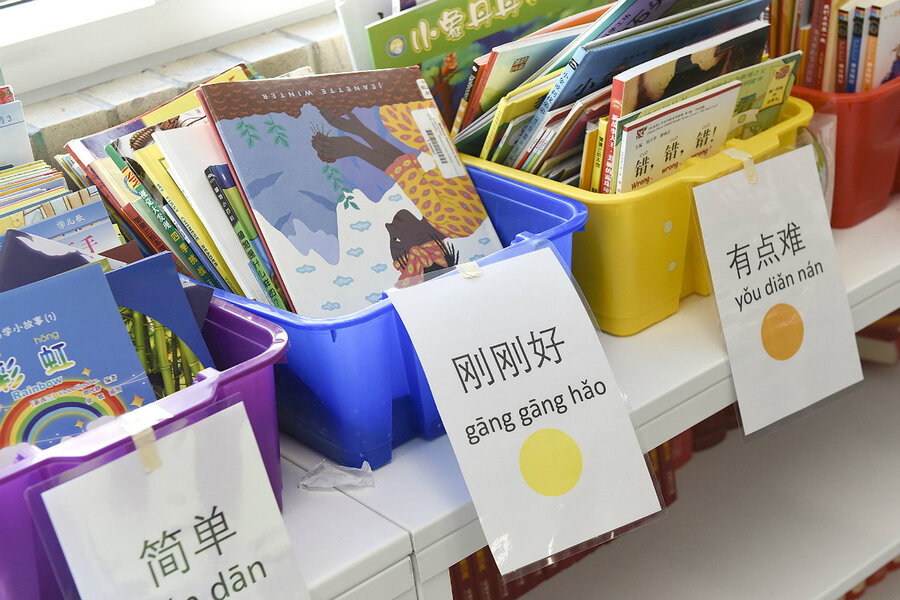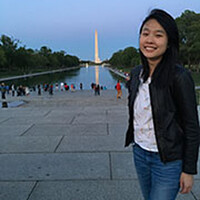What you should know about China's Zhou Youguang, inventor of Pinyin
Loading...
An economist-turned-linguist, he forever changed how the world learns and types Chinese.
Zhou Youguang, who in 1958 invented Pinyin – the romanized spelling system that linked ancient Chinese writing to the modern age – died Saturday in Beijing at the age of 111, AP reports. Through his invention, he helped increase the literacy rate in China, and connected the language to the world.
Unlike most modern languages, traditional Chinese writing conveys one word through one character, or a compound of two or three. While delivering semantic information, the language discloses little phonetic information, making it difficult to pronounce the words without prior knowledge.
Though several other systems had tried to transliterate the language, Pinyin, which means “spelled sounds,” has helped millions of Chinese stamp out illiteracy since its adaptation by the Chinese government some 60 years ago.
“One doesn't know if that hadn't happened, where the Chinese language would be now,” Jerome Packard, professor of linguistics and East Asian languages and cultures at University of Illinois, Urbana-Champaign, tells The Christian Science Monitor. “Many others were used before that, but Pinyin was the one, probably the best candidate, to be used on a worldwide basis … because it was so well-designed.”
In 2013, the county’s illiteracy rate was estimated to be about 5 percent, according to UNICEF, compared to estimates as high as 85 percent at some points earlier in the 20th century.
More recently, Pinyin has also become integral to the use of Chinese characters on computer keyboards and cellphones.
Pinyin was not designed to replace the traditional characters, but to act as a supplemental script to bridge the gap.
“It has helped [students] to learn putonghua, the national standard language. Before, I met a Cantonese and a Hokkien in foreign countries and couldn't communicate – I had to speak English to them,” Mr. Zhou told The Guardian in 2008. “Without an alphabet you had to learn mouth to mouth, ear to ear. It's a bridge to speech between Chinese people."
Before turning to linguistics, Zhou was educated as an economist. As the Chinese government aimed to boost literacy throughout the country, he was drafted to lead the committee in developing an alphabetic system in 1955.
"I said I was an amateur, a layman, I couldn't do the job," Zhou, who also contributed to the translation of the Encyclopedia Britannica, told NPR in 2011. "But they said, it's a new job, everybody is an amateur. Everybody urged me to change professions, so I did. So from 1955, I abandoned economics and started studying writing systems.”
Since his prosecution by the authorities during the Cultural Revolution in 1969, Zhou, who received Western education at St. John’s University in Shanghai in the 1920s and once worked on Wall Street, remained relatively unknown in the country. Zhou was an outspoken critic of the Chinese government in his later years.
Today, the romanization system is the first step for Chinese schoolchildren and foreign students around the world to learn the most widely spoken language on the planet.
“He was a luminary in the field,” Packard says.
But Zhou insisted that he was just continuing an orthographic tradition that went back at early as the Qing Dynasty.
“I'm not the father of Pinyin – I'm the son of Pinyin," Zhou told the Guardian in 2008. "It's [the result of] a long tradition from the later years of the Qing dynasty down to today. But we restudied the problem and revisited it and made it more perfect.”
[Editor's note: An earlier version of this story carried an incorrect dateline.]






